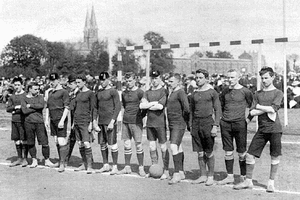
When it comes to talking about Belgian football there are two distinct phases: Pre-Bosman ruling and post-Bosman ruling. In the years before the Bosman case and the removal of restrictions on the movement of football players in Europe Belgium was known for a physical style of play. This was due to legal restrictions in place in the country stopping the more technically skilful foreign players from playing there. On the one hand it aided the international side, but on the other it severely limited the quality of football on offer in the domestic league.
When the Bosman ruling came into effect in 1995 things began to shift rather dramatically in football throughout Europe, not least in Belgium. Once again the effect was double-edged, however. In one sense the Belgian league grew in strength and competitiveness, with players from Eastern Europe, South America and Africa coming in to mix with the European players already there. Yet the problem was that the Belgian national side struggled because native Belgians found it increasingly difficult to get into team’s starting XIs.
None of that should leave you with the impression that Belgian’s domestic clubs were dreadful before the Bosman ruling. There were a number of clubs from Belgium who made an impression on the international stage, such as Club Brugge who were narrowly defeated in the European Cup final at Wembley by Liverpool in 1978. The European Cup, of course, being the old name of the competition now more famously known as the Champions League.
That European Cup final defeat came two years after the Merseyside club had got the better of Club Brugge in the UEFA Cup final, nowadays named the Europa League. In 1976 the final was a two-legged affair and Liverpool won the first leg 3-2 before drawing 1-1 in Bruges. In 1983 and 1984 Anderlecht appeared in the final of the same competition two years running, winning the first by beating Benfica but losing the second to Tottenham Hotspur. Safe to say, then, that Belgian clubs have enjoyed at least a degree of success in Europe over the years.
In this section of the website we’ll let you know about the sort of stadiums you’ll find in Belgium, the way the league system works and some information on the national side. We’ll also tell you all about the history of football in the land of waffles, strong lager, and Hercule Poirot.
Belgian Stadiums
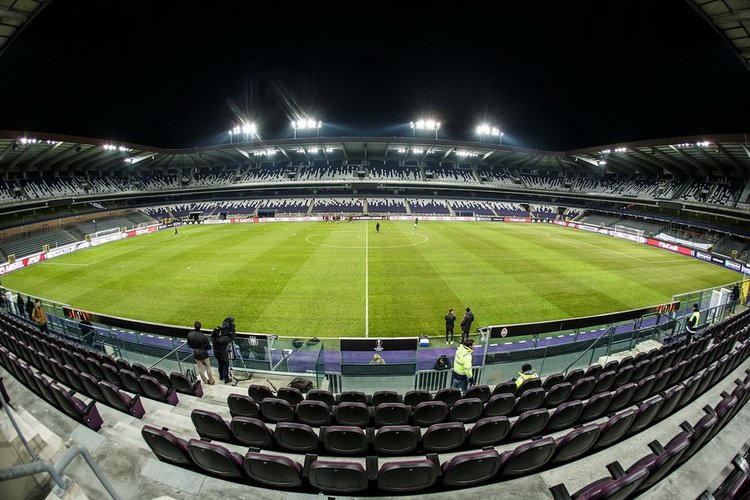
Football is easily the most popular sport in Belgium, but that doesn’t necessarily mean that the stadiums are all huge and impressive. After all the population of the country is only just over ten million, so it’s not as if there’s the same demand for access to football grounds as in places like England, Spain and France.
That said, the national stadium can house over 50,000 spectators and there are a number of grounds with capacities of between 20,000 and 30,000.
The reality, though, is that the majority of stadiums can welcome less than 15,000 supporters and about one third have capacities of below 10,000, so don’t head to Belgium expecting to see ginormous grounds like Camp Nou or the Bernabéu or you’re only going to be disappointed.
What you will find, however, are stadiums that are typically built in the ‘British Style’ of having a stand running along each side of the pitch. They are clean, pleasant and generally quite modern in their set-up.
Belgian Leagues
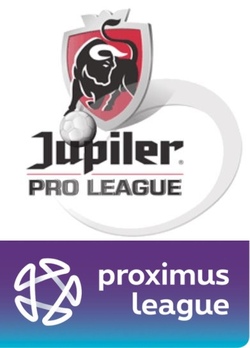 On paper the Belgian football league system is pretty standard in its set-up, with a number of interconnected leagues all linked together by a system of promotion and relegation. There are sixteen teams in the top-flight, known as the Belgian First Division A, and a further eight teams in the Belgian First Division B. That is the sum total of professional clubs, with the league below these two featuring sixteen clubs in the Belgian First Amateur Division.
On paper the Belgian football league system is pretty standard in its set-up, with a number of interconnected leagues all linked together by a system of promotion and relegation. There are sixteen teams in the top-flight, known as the Belgian First Division A, and a further eight teams in the Belgian First Division B. That is the sum total of professional clubs, with the league below these two featuring sixteen clubs in the Belgian First Amateur Division.
Below that the leagues are broken up into regional divisions.
Where things start to veer off from the standard is when you look closer at how the leagues themselves work. The Belgian First Division A works as normal to begin with, with each team playing thirty games. Then the top six teams enter play-offs against each other for the championship and the next nine teams enter play-offs with the teams that finished 2-4 in the Belgian First Division B league.
The top team from that and the bottom team from A simply swap places. Told you it wasn’t standard…
Belgium National Team
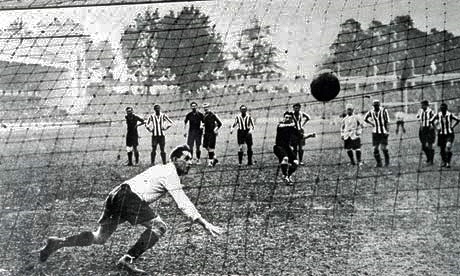
The Belgium national side played their first official game of association football in 1904 when they drew 3-3 with France. A tournament was played between players representing Belgium and some from the Netherlands in 1901, but they have never been officially recognised by FIFA as the Belgium team contained English players. From 1905 until 1925 Belgium played against the Netherlands twice a year in the Belgian-Dutch Cup.
Internationally there has been little to shout about for Belgium over the years. They have played in the World Cup finals on thirteen occasions to date. Their best performance until recently, and by some distance, came in the 1986 tournament when they made it to the semi-finals, losing to eventual champions Argentina. The Argentinians proved to be something of a nemesis for Belgium, knocking them out again but this time in the quarter-finals in 2014. Then of course came 2018, when the unlikely contenders beat Brazil in the quarters only for eventual winners France to knock them out in the semi’s. This did mark their most successful World Cup run however, netting them 3rd place.
Belgium have also appeared in the European Championships on five occasions, starting well by making it to the semi-finals in their first foray into the tournament in 1972 before reaching the final in 1980. Their only major tournament win is the Gold Medal from the 1920 Summer Olympics.
Key Stats
| Belgium National Team Statistics | |
|---|---|
| Year Formed | 1905 |
| Home Stadium | King Baudouin Stadium |
| Stadium Capacity | 50,122 |
| Major Honours | None |
| Current Manager | Roberto Martinez |
| Top Scorer | Romelu Lukaku (55) |
| Most Caps | Jan Vertonghen (122) |
| Best Performance at World Cup | Semi-Final (1986, 2018) |
| Best Performance at European Championships | Final (1980) |
| Kit Colours | Red, Black and Yellow (Home), Blue and Black (Away) |
History Of Football In Belgium
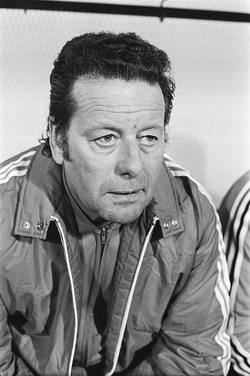 Belgium was actually the first country in mainland Europe to play the game of association football. It all began when an Irish student named Cyril B. Morrogh took a leather football into the grounds of the Josephites College in Melle in 1863.
Belgium was actually the first country in mainland Europe to play the game of association football. It all began when an Irish student named Cyril B. Morrogh took a leather football into the grounds of the Josephites College in Melle in 1863.
British teachers living in Belgium then popularised the game in the following years. To begin with it was mostly the elite who played football, but gradually it took over from rugby as Belgium’s most popular sport. The Belgian Football Association, initially called Union Belge des Sociétés de Sports Athlétiques, was formed in 1895 to try and bring some order to football in the country.
Over the years some top-class footballers have passed through the ranks of Belgian teams. Players such as David Rozehnal, Yaya Touré, Jan Koller and Mido have all played for sides in Belgium in the past. There have also been two ‘golden generations’ of Belgian teams since football was first played in the country.
The initial one came about in the 1980s when Guy Thys created a side that was difficult to play against owing to their physical and organised style. The second has seen well-known players such as Eden Hazard, Romelu Lukaku, Vincent Kompany and Christian Benteke make a name for themselves not only in Belgium but also in the English Premier League.
